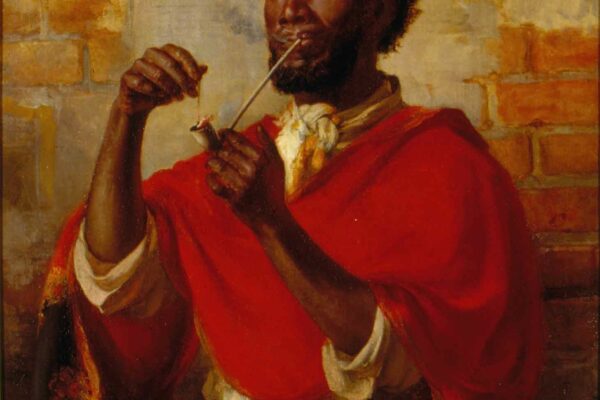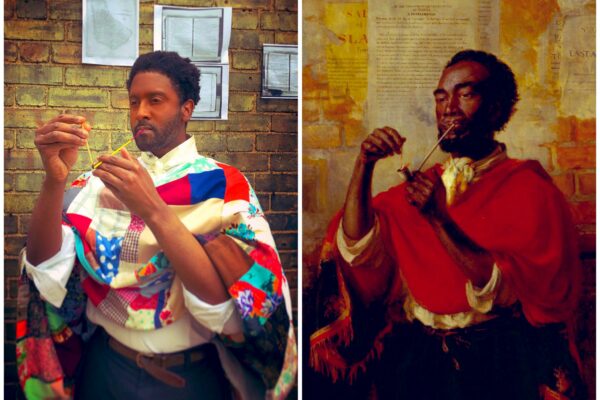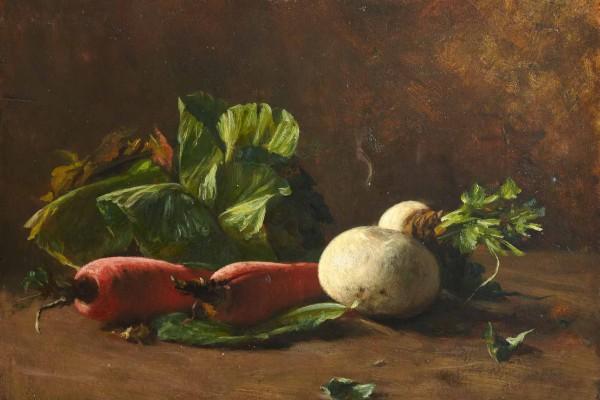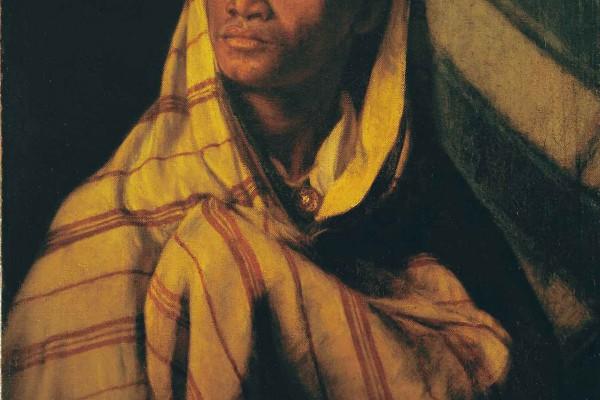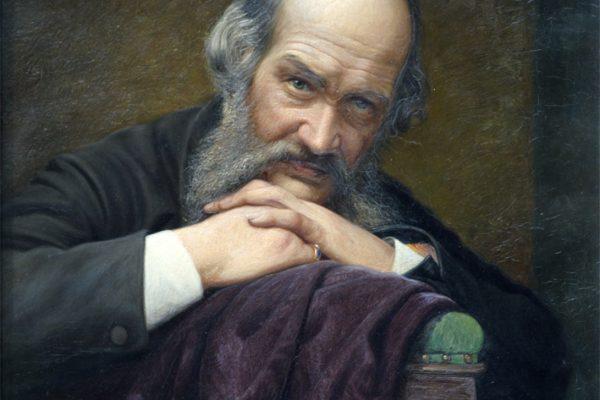Thomas Stuart Smith’s Victorian Black Portraiture by Laura Baliman
I recently undertook this internship with the Stirling Smith as a Masters student at the University of Edinburgh in Modern and Contemporary Art: History, Criticism and Curating. I focused on Thomas Stuart Smith’s three portraits of black men painted in 1869, and I sought to recognise their position within the
The Pipe of Freedom launches The Guardian’s Great British Art Tour
The Guardian‘s Great British Art Tour began today. This new series, created in partnership with ArtUK, will showcase some of the great works of art housed in collections across Britain. The series is a great way to do a little art exploration from the safety of our homes. The work
Smith’s Pipe of Freedom on BBC Radio
We are so pleased that over lockdown a special painting in our collection has been receiving just attention: Thomas Stuart’s Smith’s The Pipe of Freedom. Credit is due to Peter Brathwaite, an opera singer and occassional broadcaster. Early in the year, Brathwaite took part in the Getty Museum Challenge, where

